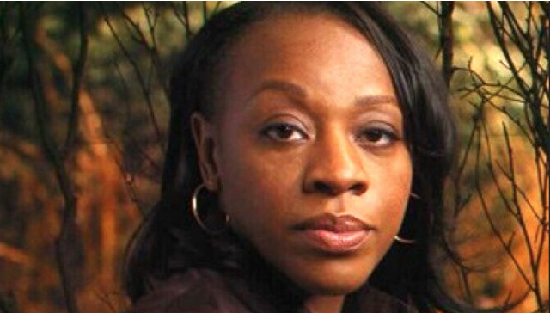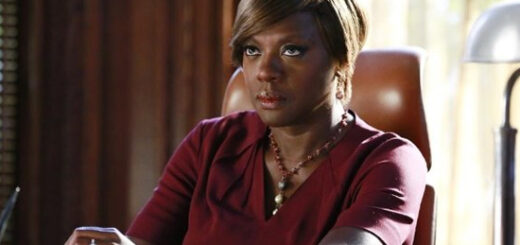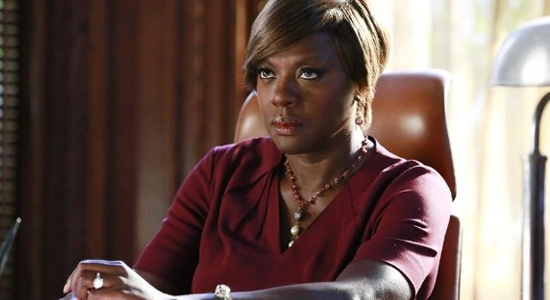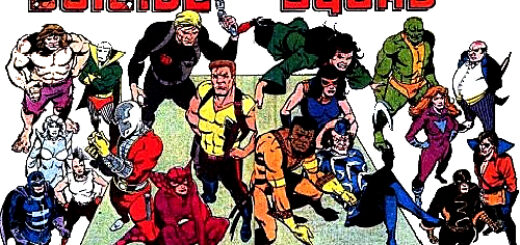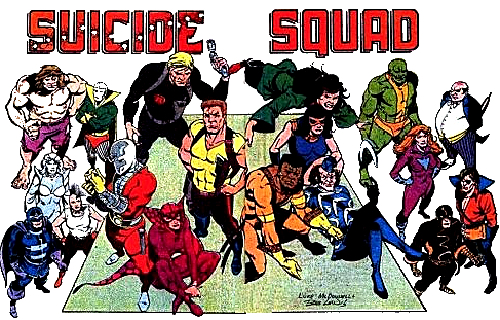Martha Thomases: Tough Boss Women
As I was getting on the plane to visit my son, the genius, in Los Angeles, I started to get on line at the same time as a petite African-American woman. Since I have a tendency to go charging through lines, I stepped back to let her go ahead of me (sometimes I can behave). And then, as so often happens on flights between the Big Apple and the Big Orange, I thought I recognized her.
I’m pretty sure it was Marianne Jean-Baptiste. I wanted to tell her how much I enjoyed her work, but, for the life of me (it was very early and I wasn’t yet caffeinated), I couldn’t remember if she was the tough-cop boss on Limitless or Blindspot.
For the record, she’s on Blindspot. The tough boss on Limitless is Mary Elizabeth Mastrantonio. Which is too bad, because I think Limitless is a better show, and Ms. Jean-Baptiste seems like she deserves the better show. Here’s something she said: “The old men running the industry just have not got a clue … Britain is no longer totally a white place where people ride horses, wear long frocks and drink tea. The national dish is no longer fish and chips, it’s curry.”
Great, isn’t it? She was talking about movies and televisions (fields in which she has won many awards), but she might just as well have been talking about comics.
(Note: I think Limitless is better than Blindspot, at least so far, because the characters seem to be having more fun and the sexual attraction between the two leads seems less forced, by which I mean they might or might not be sexually attracted to each other, but they can still get the job done and have a good time doing it. Blindspot, in my opinion, sacrifices some interesting observations on the female lead in an attempt to give the male lead something to do.)
Comics has had tough boss women as characters in the books at least since Amanda Waller. Unfortunately, as with television and movies, there are more women bosses (and queer bosses and bosses of color) in the stories than in the real world.
I’m not saying this only because it would be nice of more women earned executive-level salaries. I mean, it would be nice, but it wouldn’t make a huge difference in the lives of most people. There aren’t that many executive-level jobs.
However, it would make a huge difference in the lives of the thousands of people who work in the industry if our interests were reflected in the corporate culture.
Comics, as a business, has never been that corporate. Even today, when the big studios either own or make deals with most of the companies, comics people are not very business-like. Certainly not compared to other print media, newspapers or magazines. Comics companies are fantasy factories, and that doesn’t require suits or ties.
That’s great. I’m in favor of comfortable shoes. However, too many comics companies have a parallel lack of professionalism when it comes to tolerating discrimination.
If you read the link (and please do), you’ll see a discussion of sexual harassment, a blight on our business. I’ve heard similar stories about tolerating racial intolerance, including editors accusing the only African-American intern of theft (note: It wasn’t him). And it’s only recently that casual homophobia was thought to be anything less than hilarious.
There’s a difference between discrimination and harassment, although they flow from the same source. Discrimination is more pervasively evil, I think, while harassment is more immediately frightening when it’s happening to you. People think they can get away with harassment because discriminations tolerated.
We shouldn’t tolerate it.
I don’t have a single answer for what to do. As a feminist, I see lots of nuances to consider (and, because I lack imagination, I found even more to think about when smarter people than me suggest things here.
My sense from reading the social media these last few weeks is that we aren’t tolerating it anymore. That’s a good thing.
And Mary Elizabeth Mastrantonio is a wonderful actress, and I look forward to watching her every Tuesday.

